Syllables
A syllable is a unit of pronunciation that is typically made up of a vowel sound with accompanying consonant sounds. Understanding syllables is important for developing reading and spelling skills.
How to Identify Syllables
There are a few rules to help identify syllables in words:
- Every syllable has one vowel sound.
- Words can have one or more syllables.
- Some syllables are made up of just a vowel sound (e.g., "a", "e", "i", "o", "u").
- Consonants can be placed before or after the vowel sound in a syllable.
Why Syllables Matter
Understanding syllables is important because it helps students to break down words into smaller, manageable parts. This skill is particularly useful when decoding new or unfamiliar words while reading, and when spelling words accurately.
Study Guide
Here are some activities to help students practice identifying syllables:
- Clapping Game: Have students clap their hands or stomp their feet for each syllable in a word. For example, "banana" has three syllables, so students would clap three times.
- Sorting Activity: Provide students with a list of words and ask them to sort the words based on the number of syllables they contain. This can be done using flashcards or a worksheet.
- Word Division: Ask students to divide words into syllables by drawing lines between the syllables. For example, "cat" would be divided as "cat", and "wa-ter" for "water".
- Reading Practice: Encourage students to pay attention to syllables while reading. Have them identify and count the syllables in different words as they read books or passages.
By practicing these activities, students can improve their understanding of syllables and develop stronger reading and spelling skills.
[Syllables] Related Worksheets and Study Guides:
.◂English Language Arts Worksheets and Study Guides First Grade. Spelling
Study Guide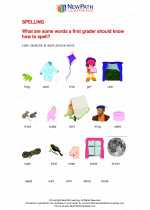 Spelling
Spelling  Worksheet/Answer key
Worksheet/Answer key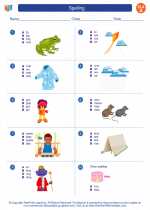 Spelling
Spelling  Worksheet/Answer key
Worksheet/Answer key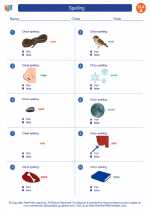 Spelling
Spelling  Worksheet/Answer key
Worksheet/Answer key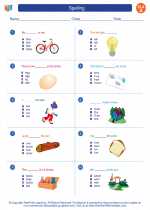 Spelling
Spelling  Worksheet/Answer key
Worksheet/Answer key Halloween spelling
Halloween spelling  Worksheet/Answer key
Worksheet/Answer key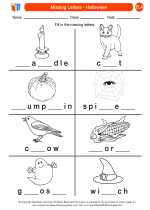 Missing letters - Halloween
Missing letters - Halloween  Worksheet/Answer key
Worksheet/Answer key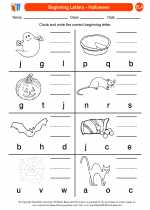 Beginning Letters Halloween
Beginning Letters Halloween  Worksheet/Answer key
Worksheet/Answer key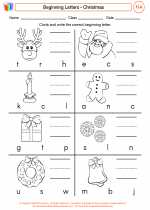 Beginning Letters
Beginning Letters  Worksheet/Answer key
Worksheet/Answer key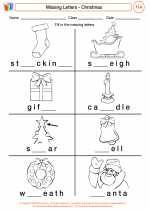 Missing Letters
Missing Letters  Worksheet/Answer key
Worksheet/Answer key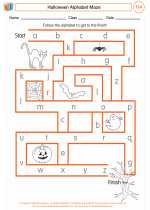 Halloween Alphabet Maze
Halloween Alphabet Maze  Worksheet/Answer key
Worksheet/Answer key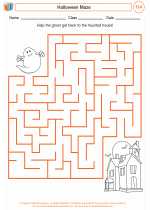 Halloween Maze
Halloween Maze  Worksheet/Answer key
Worksheet/Answer key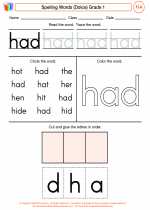 Spelling Words (Dolce)
Spelling Words (Dolce)  Worksheet/Answer key
Worksheet/Answer key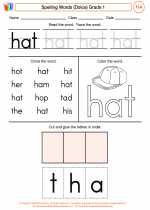 Spelling Words (Dolce)
Spelling Words (Dolce)  Worksheet/Answer key
Worksheet/Answer key Spelling Words (Dolce)
Spelling Words (Dolce)  Worksheet/Answer key
Worksheet/Answer key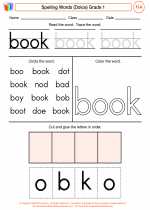 Spelling Words (Dolce)
Spelling Words (Dolce)  Worksheet/Answer key
Worksheet/Answer key Missing Letters - Winter
Missing Letters - Winter  Worksheet/Answer key
Worksheet/Answer key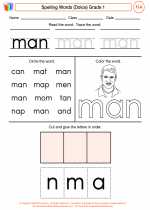 Spelling Words (Dolce)
Spelling Words (Dolce)  Worksheet/Answer key
Worksheet/Answer key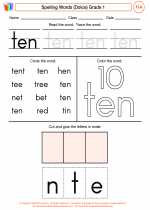 Spelling Words (Dolce)
Spelling Words (Dolce)  Worksheet/Answer key
Worksheet/Answer key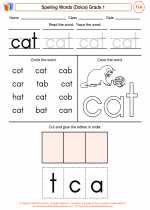 Spelling Words (Dolce)
Spelling Words (Dolce)  Worksheet/Answer key
Worksheet/Answer key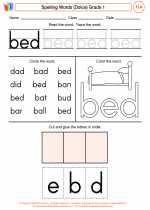 Spelling Words (Dolce)
Spelling Words (Dolce)  Worksheet/Answer key
Worksheet/Answer key Missing Letters - Fall
Missing Letters - Fall  Worksheet/Answer key
Worksheet/Answer key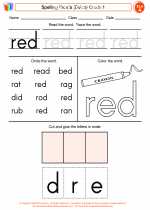 Spelling Words (Dolce)
Spelling Words (Dolce)  Worksheet/Answer key
Worksheet/Answer key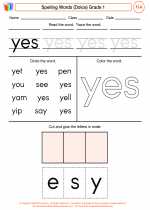 Spelling Words (Dolce)
Spelling Words (Dolce)  Worksheet/Answer key
Worksheet/Answer key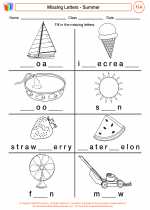 Missing Letters - Summer
Missing Letters - Summer  Worksheet/Answer key
Worksheet/Answer key Spelling Words (Dolce)
Spelling Words (Dolce)  Worksheet/Answer key
Worksheet/Answer key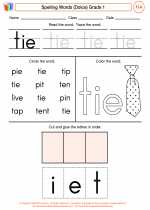 Spelling Words (Dolce)
Spelling Words (Dolce)  Worksheet/Answer key
Worksheet/Answer key Spelling Words (Dolce)
Spelling Words (Dolce)  Worksheet/Answer key
Worksheet/Answer key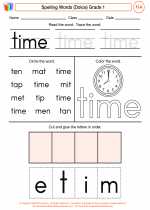 Spelling Words (Dolce)
Spelling Words (Dolce)  Worksheet/Answer key
Worksheet/Answer key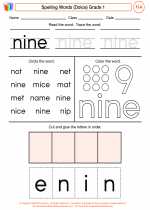 Spelling Words (Dolce)
Spelling Words (Dolce)  Worksheet/Answer key
Worksheet/Answer key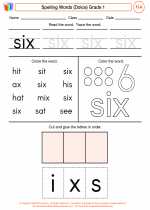 Spelling Words (Dolce)
Spelling Words (Dolce)  Worksheet/Answer key
Worksheet/Answer key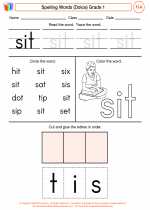 Spelling Words (Dolce)
Spelling Words (Dolce)  Worksheet/Answer key
Worksheet/Answer key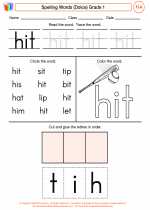 Spelling Words (Dolce)
Spelling Words (Dolce)  Worksheet/Answer key
Worksheet/Answer key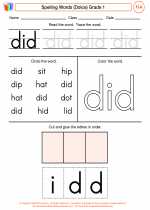 Spelling Words (Dolce)
Spelling Words (Dolce)  Worksheet/Answer key
Worksheet/Answer key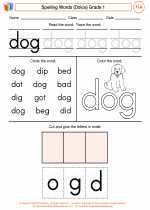 Spelling Words (Dolce)
Spelling Words (Dolce)  Worksheet/Answer key
Worksheet/Answer key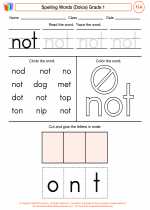 Spelling Words (Dolce)
Spelling Words (Dolce)  Worksheet/Answer key
Worksheet/Answer key Spelling Words (Dolce)
Spelling Words (Dolce)  Worksheet/Answer key
Worksheet/Answer key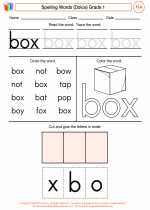 Spelling Words (Dolce)
Spelling Words (Dolce)  Worksheet/Answer key
Worksheet/Answer key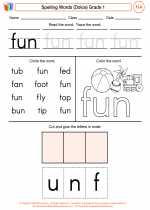 Spelling Words (Dolce)
Spelling Words (Dolce)  Worksheet/Answer key
Worksheet/Answer key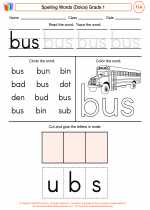 Spelling Words (Dolce)
Spelling Words (Dolce)  Worksheet/Answer key
Worksheet/Answer key Spelling Words (Dolce)
Spelling Words (Dolce)  Worksheet/Answer key
Worksheet/Answer key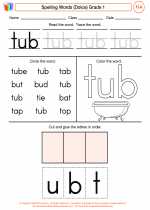 Spelling Words (Dolce)
Spelling Words (Dolce)  Worksheet/Answer key
Worksheet/Answer key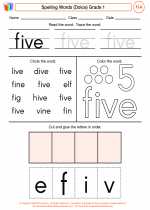 Spelling Words (Dolce)
Spelling Words (Dolce)  Worksheet/Answer key
Worksheet/Answer key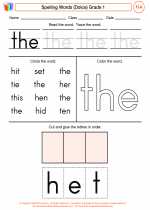 Spelling Words (Dolce)
Spelling Words (Dolce)  Worksheet/Answer key
Worksheet/Answer key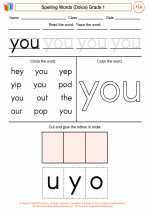 Spelling Words (Dolce)
Spelling Words (Dolce)  Worksheet/Answer key
Worksheet/Answer key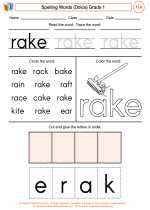 Spelling Words (Dolce)
Spelling Words (Dolce)  Worksheet/Answer key
Worksheet/Answer key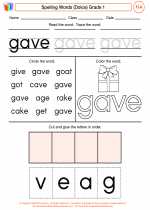 Spelling Words (Dolce)
Spelling Words (Dolce)  Worksheet/Answer key
Worksheet/Answer key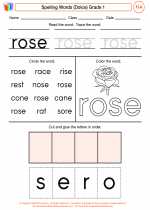 Spelling Words (Dolce)
Spelling Words (Dolce)  Worksheet/Answer key
Worksheet/Answer key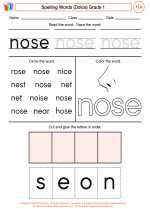 Spelling Words (Dolce)
Spelling Words (Dolce)  Worksheet/Answer key
Worksheet/Answer key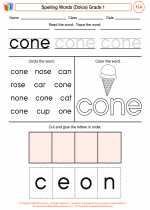 Spelling Words (Dolce)
Spelling Words (Dolce)  Worksheet/Answer key
Worksheet/Answer key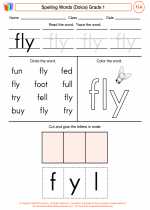 Spelling Words (Dolce)
Spelling Words (Dolce)  Worksheet/Answer key
Worksheet/Answer key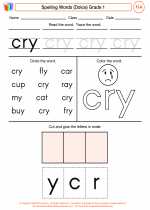 Spelling Words (Dolce)
Spelling Words (Dolce)  Worksheet/Answer key
Worksheet/Answer key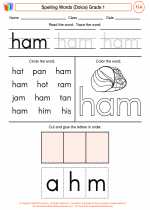 Spelling Words (Dolce)
Spelling Words (Dolce)  Worksheet/Answer key
Worksheet/Answer key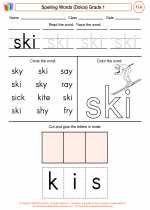 Spelling Words (Dolce)
Spelling Words (Dolce)  Worksheet/Answer key
Worksheet/Answer key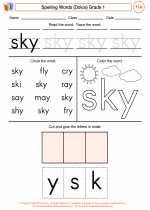 Spelling Words (Dolce)
Spelling Words (Dolce)  Worksheet/Answer key
Worksheet/Answer key Spelling Words (Dolce)
Spelling Words (Dolce)  Worksheet/Answer key
Worksheet/Answer key Spelling Words (Dolce)
Spelling Words (Dolce)  Worksheet/Answer key
Worksheet/Answer key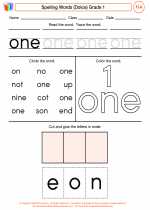 Spelling Words (Dolce)
Spelling Words (Dolce)  Worksheet/Answer key
Worksheet/Answer key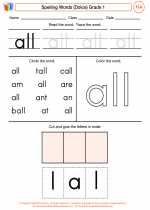 Spelling Words (Dolce)
Spelling Words (Dolce)  Worksheet/Answer key
Worksheet/Answer key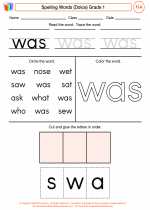 Spelling Words (Dolce)
Spelling Words (Dolce)  Worksheet/Answer key
Worksheet/Answer key Spelling Words (Dolce)
Spelling Words (Dolce)  Worksheet/Answer key
Worksheet/Answer key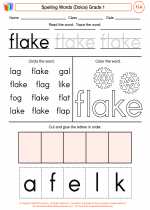 Spelling Words (Dolce)
Spelling Words (Dolce)  Worksheet/Answer key
Worksheet/Answer key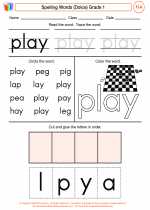 Spelling Words (Dolce)
Spelling Words (Dolce)  Worksheet/Answer key
Worksheet/Answer key Spelling Words (Dolce)
Spelling Words (Dolce)  Worksheet/Answer key
Worksheet/Answer key Spelling Words (Dolce)
Spelling Words (Dolce)  Worksheet/Answer key
Worksheet/Answer key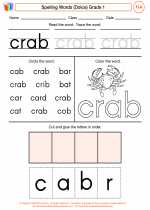 Spelling Words (Dolce)
Spelling Words (Dolce)  Worksheet/Answer key
Worksheet/Answer key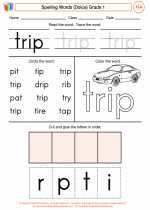 Spelling Words (Dolce)
Spelling Words (Dolce)  Worksheet/Answer key
Worksheet/Answer key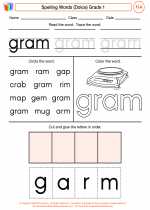 Spelling Words (Dolce)
Spelling Words (Dolce)  Worksheet/Answer key
Worksheet/Answer key Spelling Words (Dolce)
Spelling Words (Dolce)  Worksheet/Answer key
Worksheet/Answer key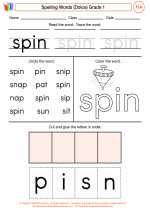 Spelling Words (Dolce)
Spelling Words (Dolce)  Worksheet/Answer key
Worksheet/Answer key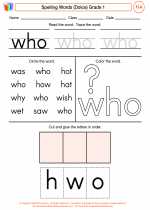 Spelling Words (Dolce)
Spelling Words (Dolce)  Worksheet/Answer key
Worksheet/Answer key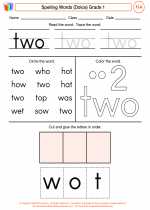 Spelling Words (Dolce)
Spelling Words (Dolce)  Worksheet/Answer key
Worksheet/Answer key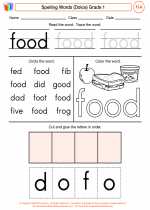 Spelling Words (Dolce)
Spelling Words (Dolce)  Worksheet/Answer key
Worksheet/Answer key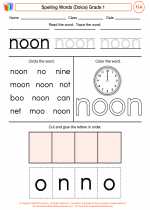 Spelling Words (Dolce)
Spelling Words (Dolce)  Worksheet/Answer key
Worksheet/Answer key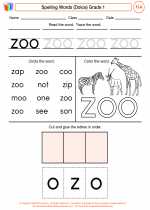 Spelling Words (Dolce)
Spelling Words (Dolce)  Worksheet/Answer key
Worksheet/Answer key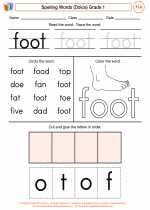 Spelling Words (Dolce)
Spelling Words (Dolce)  Worksheet/Answer key
Worksheet/Answer key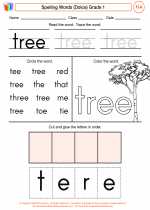 Spelling Words (Dolce)
Spelling Words (Dolce)  Worksheet/Answer key
Worksheet/Answer key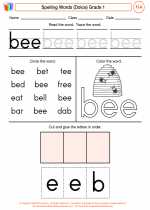 Spelling Words (Dolce)
Spelling Words (Dolce)  Worksheet/Answer key
Worksheet/Answer key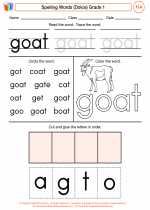 Spelling Words (Dolce)
Spelling Words (Dolce)  Worksheet/Answer key
Worksheet/Answer key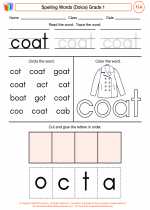 Spelling Words (Dolce)
Spelling Words (Dolce)  Worksheet/Answer key
Worksheet/Answer key Spelling Words (Dolce)
Spelling Words (Dolce)  Worksheet/Answer key
Worksheet/Answer key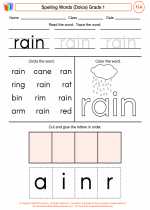 Spelling Words (Dolce)
Spelling Words (Dolce)  Worksheet/Answer key
Worksheet/Answer key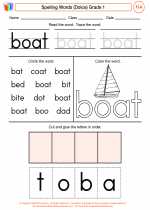 Spelling Words (Dolce)
Spelling Words (Dolce)  Worksheet/Answer key
Worksheet/Answer key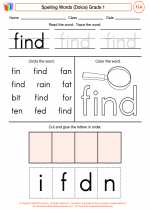 Spelling Words (Dolce)
Spelling Words (Dolce)  Worksheet/Answer key
Worksheet/Answer key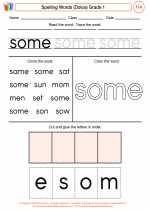 Spelling Words (Dolce)
Spelling Words (Dolce)  Worksheet/Answer key
Worksheet/Answer key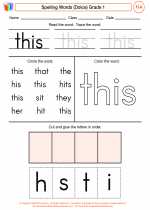 Spelling Words (Dolce)
Spelling Words (Dolce)  Worksheet/Answer key
Worksheet/Answer key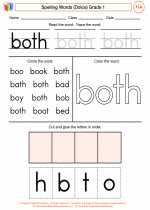 Spelling Words (Dolce)
Spelling Words (Dolce)  Worksheet/Answer key
Worksheet/Answer key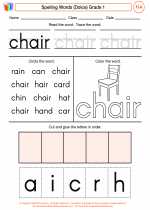 Spelling Words (Dolce)
Spelling Words (Dolce)  Worksheet/Answer key
Worksheet/Answer key Spelling Words (Dolce)
Spelling Words (Dolce)  Worksheet/Answer key
Worksheet/Answer key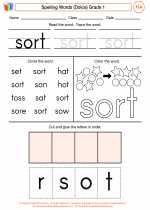 Spelling Words (Dolce)
Spelling Words (Dolce)  Worksheet/Answer key
Worksheet/Answer key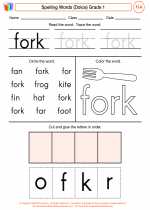 Spelling Words (Dolce)
Spelling Words (Dolce)  Worksheet/Answer key
Worksheet/Answer key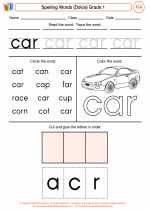 Spelling Words (Dolce)
Spelling Words (Dolce)  Worksheet/Answer key
Worksheet/Answer key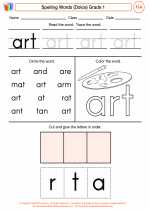 Spelling Words (Dolce)
Spelling Words (Dolce)  Worksheet/Answer key
Worksheet/Answer key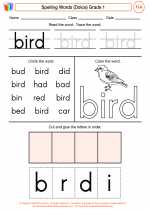 Spelling Words (Dolce)
Spelling Words (Dolce)  Worksheet/Answer key
Worksheet/Answer key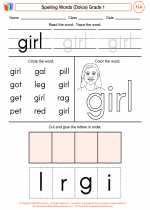 Spelling Words (Dolce)
Spelling Words (Dolce)  Worksheet/Answer key
Worksheet/Answer key Spelling Words (Dolce)
Spelling Words (Dolce)  Worksheet/Answer key
Worksheet/Answer key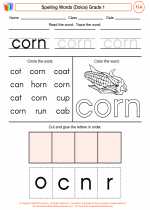 Spelling Words (Dolce)
Spelling Words (Dolce)  Worksheet/Answer key
Worksheet/Answer key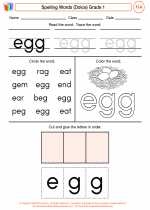 Spelling Words (Dolce)
Spelling Words (Dolce)  Worksheet/Answer key
Worksheet/Answer key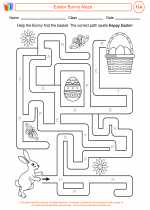 Easter Bunny Maze
Easter Bunny Maze 

 Worksheet/Answer key
Worksheet/Answer key
 Worksheet/Answer key
Worksheet/Answer key
 Worksheet/Answer key
Worksheet/Answer key
 Worksheet/Answer key
Worksheet/Answer key
 Worksheet/Answer key
Worksheet/Answer key
 Worksheet/Answer key
Worksheet/Answer key
 Worksheet/Answer key
Worksheet/Answer key
 Worksheet/Answer key
Worksheet/Answer key
 Worksheet/Answer key
Worksheet/Answer key
 Worksheet/Answer key
Worksheet/Answer key
 Worksheet/Answer key
Worksheet/Answer key
 Worksheet/Answer key
Worksheet/Answer key
 Worksheet/Answer key
Worksheet/Answer key
 Worksheet/Answer key
Worksheet/Answer key
 Worksheet/Answer key
Worksheet/Answer key
 Worksheet/Answer key
Worksheet/Answer key
 Worksheet/Answer key
Worksheet/Answer key
 Worksheet/Answer key
Worksheet/Answer key
 Worksheet/Answer key
Worksheet/Answer key
 Worksheet/Answer key
Worksheet/Answer key
 Worksheet/Answer key
Worksheet/Answer key
 Worksheet/Answer key
Worksheet/Answer key
 Worksheet/Answer key
Worksheet/Answer key
 Worksheet/Answer key
Worksheet/Answer key
 Worksheet/Answer key
Worksheet/Answer key
 Worksheet/Answer key
Worksheet/Answer key
 Worksheet/Answer key
Worksheet/Answer key
 Worksheet/Answer key
Worksheet/Answer key
 Worksheet/Answer key
Worksheet/Answer key
 Worksheet/Answer key
Worksheet/Answer key
 Worksheet/Answer key
Worksheet/Answer key
 Worksheet/Answer key
Worksheet/Answer key
 Worksheet/Answer key
Worksheet/Answer key
 Worksheet/Answer key
Worksheet/Answer key
 Worksheet/Answer key
Worksheet/Answer key
 Worksheet/Answer key
Worksheet/Answer key
 Worksheet/Answer key
Worksheet/Answer key
 Worksheet/Answer key
Worksheet/Answer key
 Worksheet/Answer key
Worksheet/Answer key
 Worksheet/Answer key
Worksheet/Answer key
 Worksheet/Answer key
Worksheet/Answer key
 Worksheet/Answer key
Worksheet/Answer key
 Worksheet/Answer key
Worksheet/Answer key
 Worksheet/Answer key
Worksheet/Answer key
 Worksheet/Answer key
Worksheet/Answer key
 Worksheet/Answer key
Worksheet/Answer key
 Worksheet/Answer key
Worksheet/Answer key
 Worksheet/Answer key
Worksheet/Answer key
 Worksheet/Answer key
Worksheet/Answer key
 Worksheet/Answer key
Worksheet/Answer key
 Worksheet/Answer key
Worksheet/Answer key
 Worksheet/Answer key
Worksheet/Answer key
 Worksheet/Answer key
Worksheet/Answer key
 Worksheet/Answer key
Worksheet/Answer key
 Worksheet/Answer key
Worksheet/Answer key
 Worksheet/Answer key
Worksheet/Answer key
 Worksheet/Answer key
Worksheet/Answer key
 Worksheet/Answer key
Worksheet/Answer key
 Worksheet/Answer key
Worksheet/Answer key
 Worksheet/Answer key
Worksheet/Answer key
 Worksheet/Answer key
Worksheet/Answer key
 Worksheet/Answer key
Worksheet/Answer key
 Worksheet/Answer key
Worksheet/Answer key
 Worksheet/Answer key
Worksheet/Answer key
 Worksheet/Answer key
Worksheet/Answer key
 Worksheet/Answer key
Worksheet/Answer key
 Worksheet/Answer key
Worksheet/Answer key
 Worksheet/Answer key
Worksheet/Answer key
 Worksheet/Answer key
Worksheet/Answer key
 Worksheet/Answer key
Worksheet/Answer key
 Worksheet/Answer key
Worksheet/Answer key
 Worksheet/Answer key
Worksheet/Answer key
 Worksheet/Answer key
Worksheet/Answer key
 Worksheet/Answer key
Worksheet/Answer key
 Worksheet/Answer key
Worksheet/Answer key
 Worksheet/Answer key
Worksheet/Answer key
 Worksheet/Answer key
Worksheet/Answer key
 Worksheet/Answer key
Worksheet/Answer key
 Worksheet/Answer key
Worksheet/Answer key
 Worksheet/Answer key
Worksheet/Answer key
 Worksheet/Answer key
Worksheet/Answer key
 Worksheet/Answer key
Worksheet/Answer key
 Worksheet/Answer key
Worksheet/Answer key
 Worksheet/Answer key
Worksheet/Answer key
 Worksheet/Answer key
Worksheet/Answer key
 Worksheet/Answer key
Worksheet/Answer key
 Worksheet/Answer key
Worksheet/Answer key
 Worksheet/Answer key
Worksheet/Answer key
 Worksheet/Answer key
Worksheet/Answer key
 Worksheet/Answer key
Worksheet/Answer key
 Worksheet/Answer key
Worksheet/Answer key
 Worksheet/Answer key
Worksheet/Answer key
 Worksheet/Answer key
Worksheet/Answer key
 Worksheet/Answer key
Worksheet/Answer key
 Worksheet/Answer key
Worksheet/Answer key
 Worksheet/Answer key
Worksheet/Answer key
 Worksheet/Answer key
Worksheet/Answer key

The resources above cover the following skills:
Students apply knowledge of language structure, language conventions (e.g., spelling and punctuation), media techniques, figurative language, and genre to create, critique, and discuss print and nonprint texts. (NCTE)